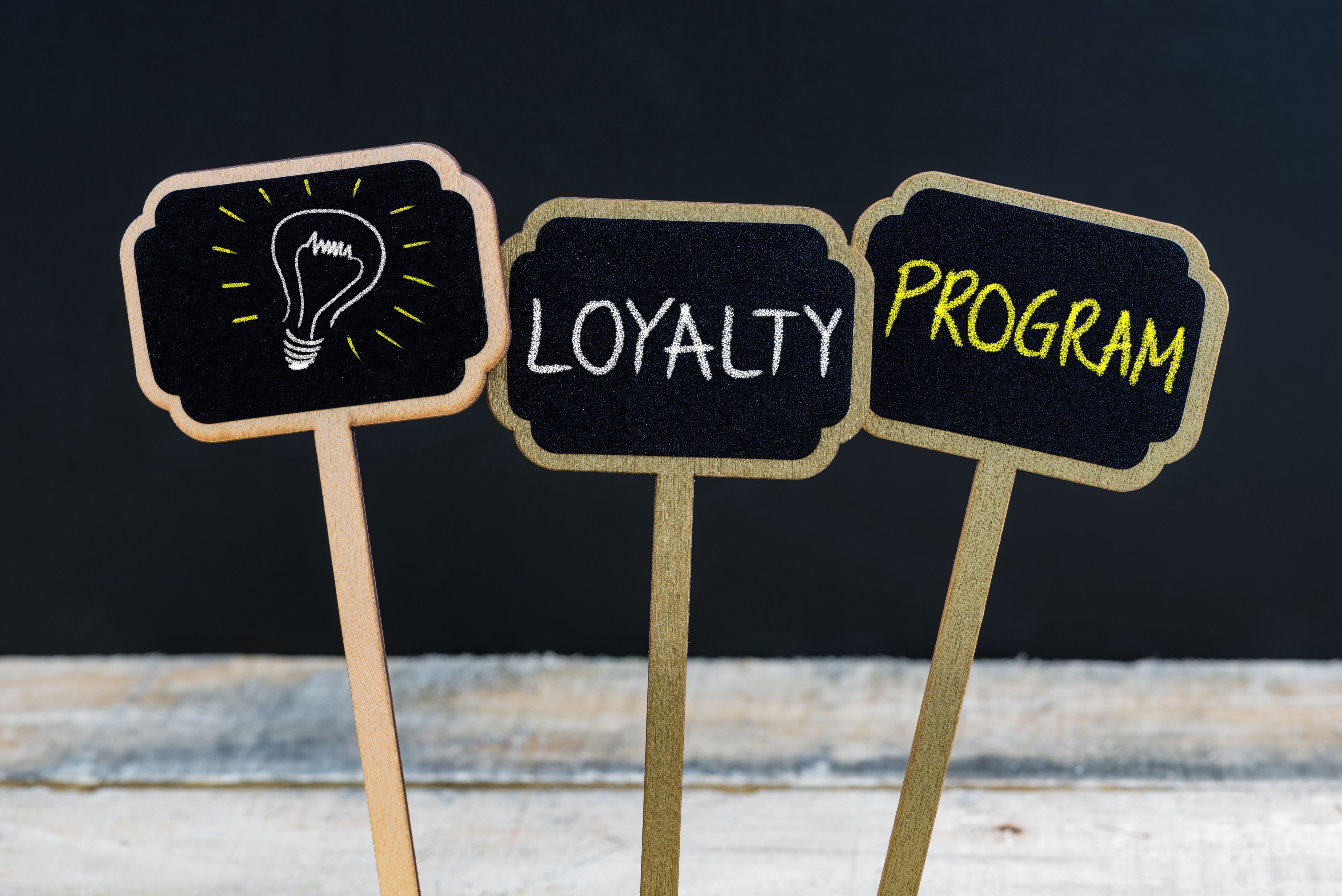Both e-commerce and bricks & mortar companies are exploring various channels to not only retain current customers but attract new business. The retail market has become so competitive that loyalty and reward programmes are widespread and are adapted to suit current market conditions.
These programmes are now much more than a mere once-off merit or point-based offering, says Frik van der Westhuizen, Marketing Director at LoyaltyPlus, a leading independent Customer Relationship Management (CRM) company.
“These programmes are now very much linked to brand strategy and development. It is about doing business in a customer-centric ecosystem, which is extensively based on customer or user experience and personalisation of every touchpoint in the trade process,” says van der Westhuizen.
He states that loyalty-based programmes can be traced back to the mid-19th century when US traders issued their customers with copper tokens that could be redeemed for future purchases. These evolved into stamps and box tops, and eventually into the more modern form of loyalty programmes.
Iconic brands, from Starbucks to Uber to Subway– and everything in-between, have structured their loyalty or rewards programmes to defeat their market rivals and ‘capture’ the customer. “History shows that during the 80’s, consumer loyalty offerings like frequent flyer miles and time-share, became increasingly popular… It was in the 90’s when card-based retail loyalty programmes caught on and retailers were looking to leverage foot-traffic and secure return business,” van der Westhuizen says.
“History shows that during the 80’s, consumer loyalty offerings like frequent flyer miles and time-share, became increasingly popular… It was in the 90’s when card-based retail loyalty programmes caught on and retailers were looking to leverage foot-traffic and secure return business,” van der Westhuizen says.
Digital communications and the growth of cloud architecture in business has once again triggered a change in loyalty-based programmes, especially how they are channelled to the market.
“We’re no longer talking about individual loyalty programmes or offerings in isolation… Today it is more about loyalty strategy in business. Retailers are now using digital resources like social media to reward customers for their business, and offer incentives to build their customer bases,” van der Westhuizen adds.
The introduction of mobile technology and apps has also revolutionised customer interaction. Today, the retailer or merchant has the means to engage a mass audience of customers directly and immediately in real time.
As LoyaltyPlus explains, digitalisation has enabled businesses to personalise their offerings to customers, to bring the customer into the process and empower them to take ownership of engagement with their brand of choice.
“We are now in the fourth industrial revolution and customer engagement or relationship management has had to keep up with consumer demand. We are excited to witness the growth and development (and innovation) that has been applied to retail and trade today,” van der Westhuizen concludes.
- MRF Unveils Latest MAPS® Data - 20th February 2025
- The BRC announces changes to the board and updates for 2025 - 17th December 2024
- Top 50 DSTV TV programmes – October 2024 - 12th November 2024





